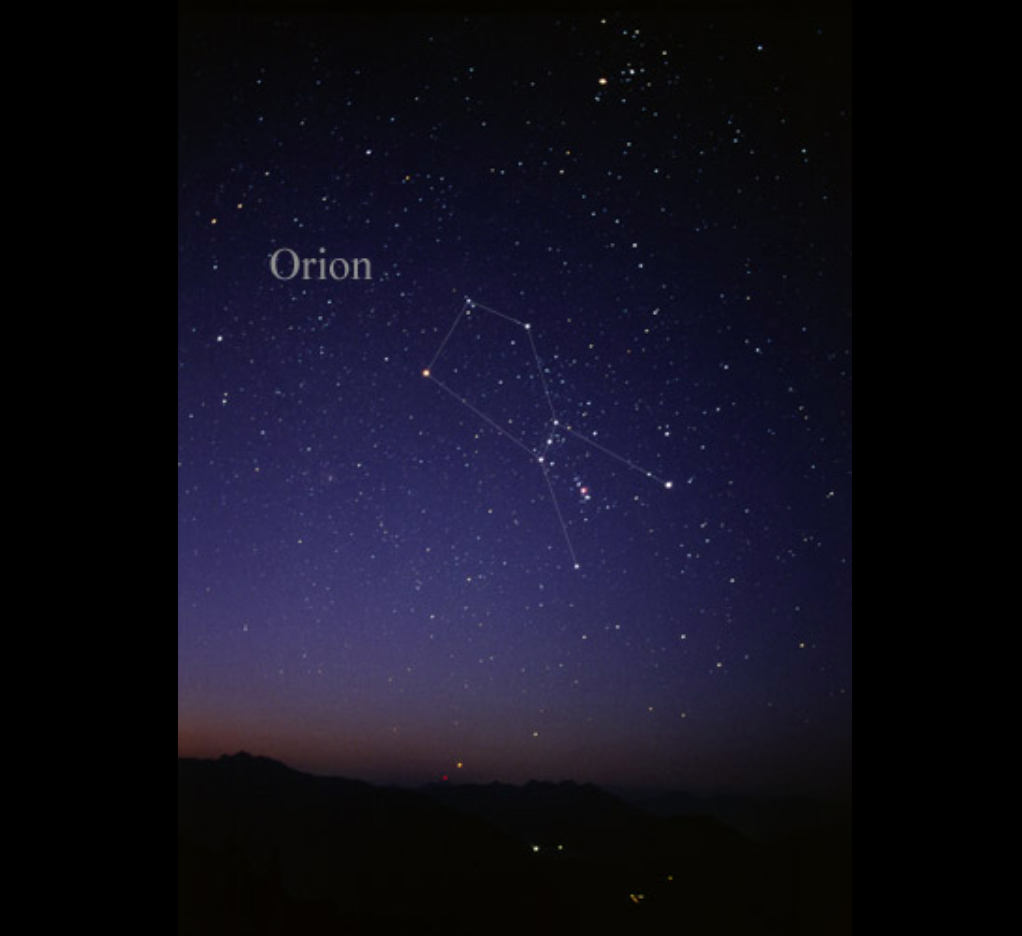1066: New Hypothesis of the Origin of the Planet Earth and Friends. Ken Croswell @NewScientist

Photo: FU Orionis resides near the imaginary shoulder of the great hunter constellation of Orion, at a location of about 3 degrees NW of Betelgeuse, Here: The constellation of Orion, as it can be seen by the naked eye. Lines have been drawn. http://JohnBatchelorShow.com/contact http://JohnBatchelorShow.com/schedules Parler & Twitter: @BatchelorShow #ClassicKenCroswell: Rethinking the Origin of Earth and friends. Ken Croswell 2017 New Hypothesis of the Origin of the Planet Earth and friends. Ken Croswell @NewScientist https://www.newscientist.com/article/2130188-earth-may-have-been-born-in-a-huge-flare-up-of-the-young-sun/ . These planets are the first four from the sun: Mercury, Venus, Earth and Mars. They’re mostly made of rock and iron – whose particles don’t readily stick together. They could have been sticky enough if they had a coating of snow and organic goo, Hubbard says. But despite all Earth’s oceans and carbon-based life, our planet has too little water or carbon to support this explanation. Now Hubbard has suggested an intriguing solution to Earth’s difficult birth. In 1936, an infant star began to brighten, eventually shining over 100 times more brightly than it did originally. Now named FU Orionis, this star has stayed bright ever since. And several other stellar youngsters have done the same thing.